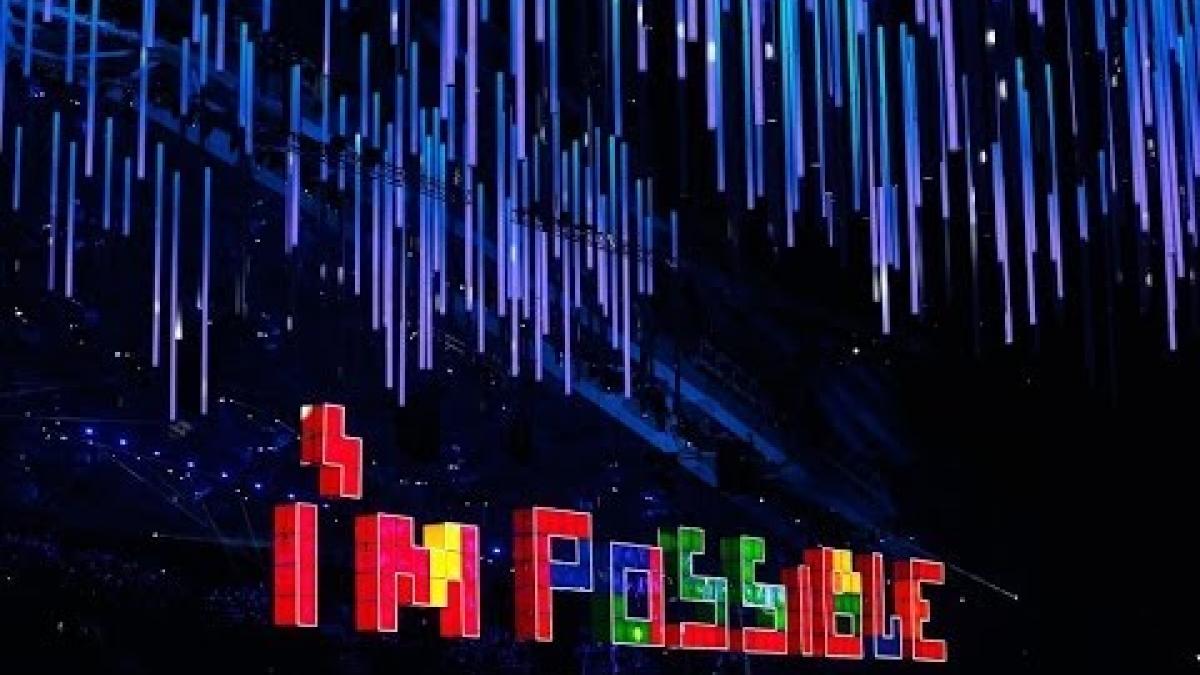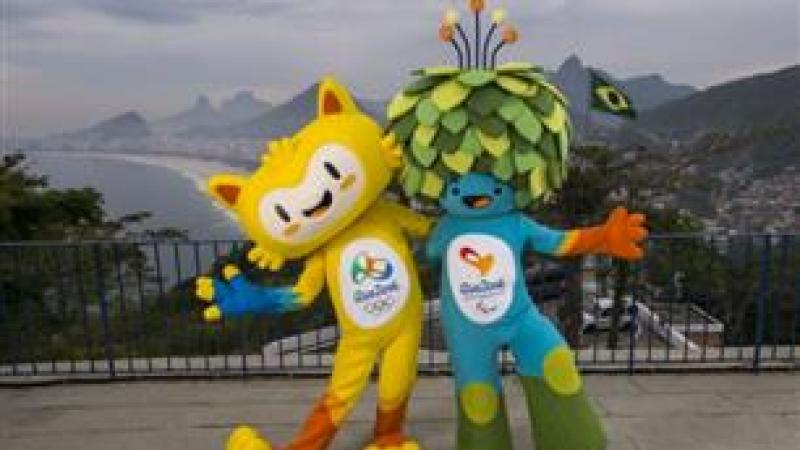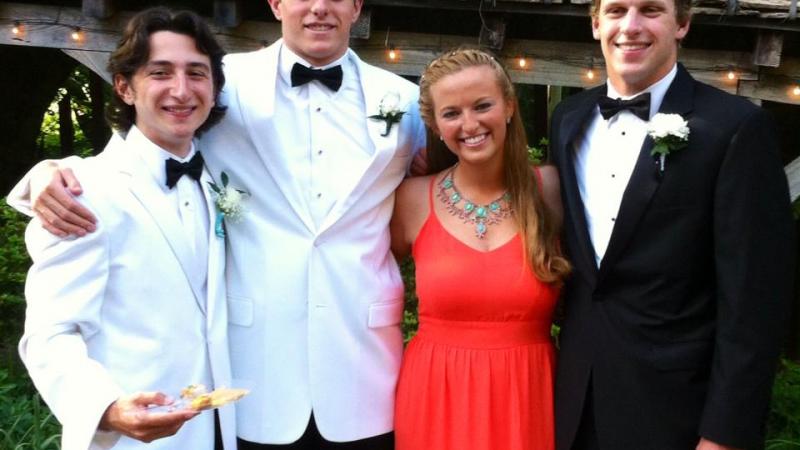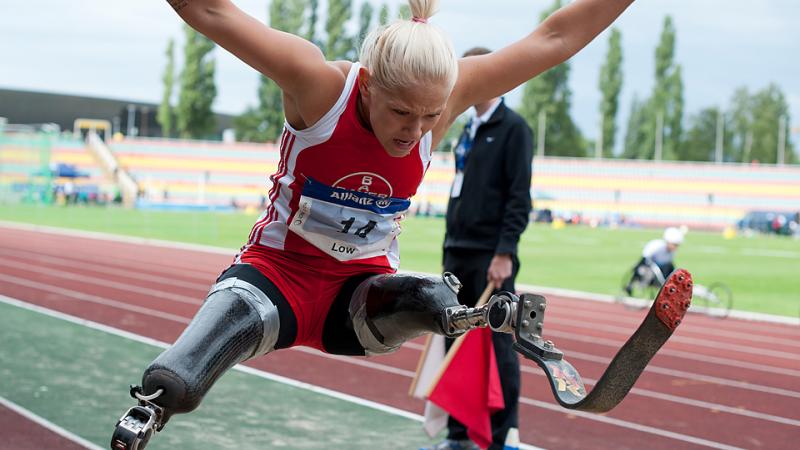Andrea Bundon: Honey or vinegar? Social media and disability sport advocacy
Andrea Bundon, a Research Associate at the Peter Harrison Centre for Disability Sport at Loughborough University (UK), gives advice on how para-athletes can use social media. 11 Feb 2015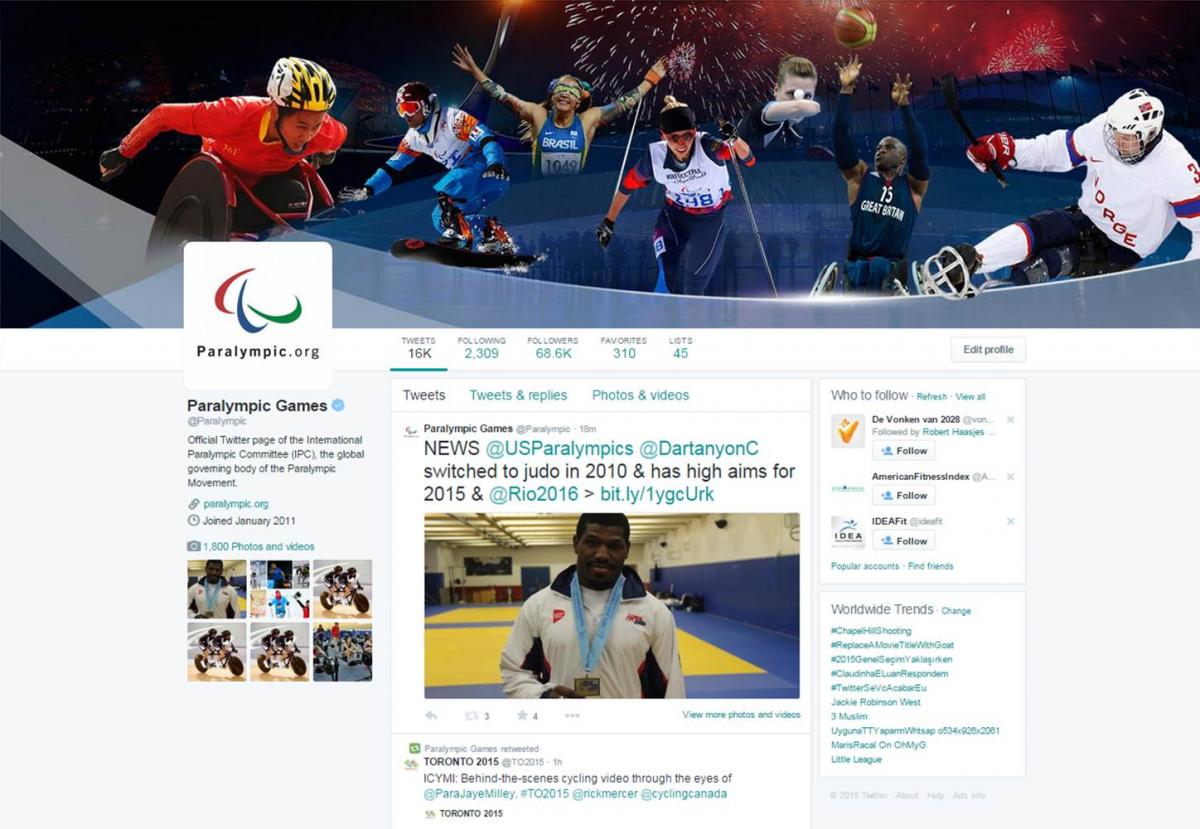
The Paralympic Games twitter account currently has over 68,000 followers.
In 2011, I started a research project exploring the use of social media within the Paralympic Movement. As a guide on the Canadian team at the Vancouver 2010 Paralympics, I had observed first hand how athletes with an impairment, a group frequently ignored in mainstream media, had used the internet to get the public’s attention. Upon learning that television coverage of the Games would be limited to a one-hour highlight reel in Canada, my teammates turned to blogs and Facebook to update family, friends and sponsors.
At the London Paralympics, Twitter and Instagram were the tools of choice and athletes posted updates right from the venues making #Paralympics the most tweeted sport hashtag of 2012.
It has been fascinating to watch how the International Paralympic Committee (IPC) has responded to the rapidly changing media environment. While the International Olympic Committee (IOC) has struggled at times to find a balance between encouraging athletes to share content online and maintaining the integrity of their contracts with broadcasters and sponsors, the IPC’s strategy has been to make para-athletes the ‘voice of the Paralympic Movement.’ They have encouraged athletes to use social media and have supported them by linking to athletes’ personal blogs and retweeting their tweets. It’s a strategy that has benefitted both sides. As the IPC’s online audience has grown, they have introduced the public to individual athletes; as athletes have established their online profiles, they have drawn greater attention to the activities of the IPC.
The question I have now for the IPC and all the para-athletes out in the Twittersphere is: Now that you have the world’s attention, what will you do with it?
While social media is frequently dismissed as trivial, my research indicates it can be a powerful tool when athletes have a message to share. Social media also has a function in advocacy work – and advocating on behalf of people with an impairment is a core value of the Paralympic Movement. My work has focused on the different ways that para-athletes use online tools to promote more affirmative ways of thinking about disability.
One thing I’ve found is that not everyone will advocate in the same way or for the same things. I am specifically interested in two different styles used online by para-athletes – styles that I have dubbed ‘honey’ and ‘vinegar.’
When an athlete with an impairment (or any supporter of the Paralympics) encounters a situation they consider discriminatory (an event that is excluding para-athletes or an offensive remark by a sport commentator, for example), they have a choice in how they respond on social media.
Some will take the ‘honey’ approach and reply in a way that is sweet and conciliatory. They use humour to point out the unfairness of the situation or they try to gently educate the offender. In contrast, others respond with ‘vinegar’ – they go on the offensive and call out the offender.
I have seen both styles used effectively and seen both fail. Sometimes a honey approach can engage people outside the Paralympic Movement in conversations about disability sport. Other times, vinegar is needed too because anger is a mobilising force in the fight for social justice. In deciding how to respond, advocates need to consider the potential benefits and the potential backlash.
Regardless of how members of the Paralympic Movement choose to advocate, my primary goal here is to alert readers to the incredible opportunity in front of us. The IPC has spent five years working with athletes to make them the voice of the Movement. As we move towards Rio, Paralympians have a larger audience than ever before on Twitter, Facebook, Instagram and other online platforms. It’s time to take the next step – when the eyes of the world are on us, let’s make sure we have something important to say.
Links to publication on social media and the Paralympic Movement:
Unless you go online you’re on your own: Blogging as a bridge in para-sport

 Facebook
Facebook
 Instagram
Instagram
 Twitter
Twitter
 Youtube
Youtube
 TikTok
TikTok
 Newsletter Subscribe
Newsletter Subscribe





